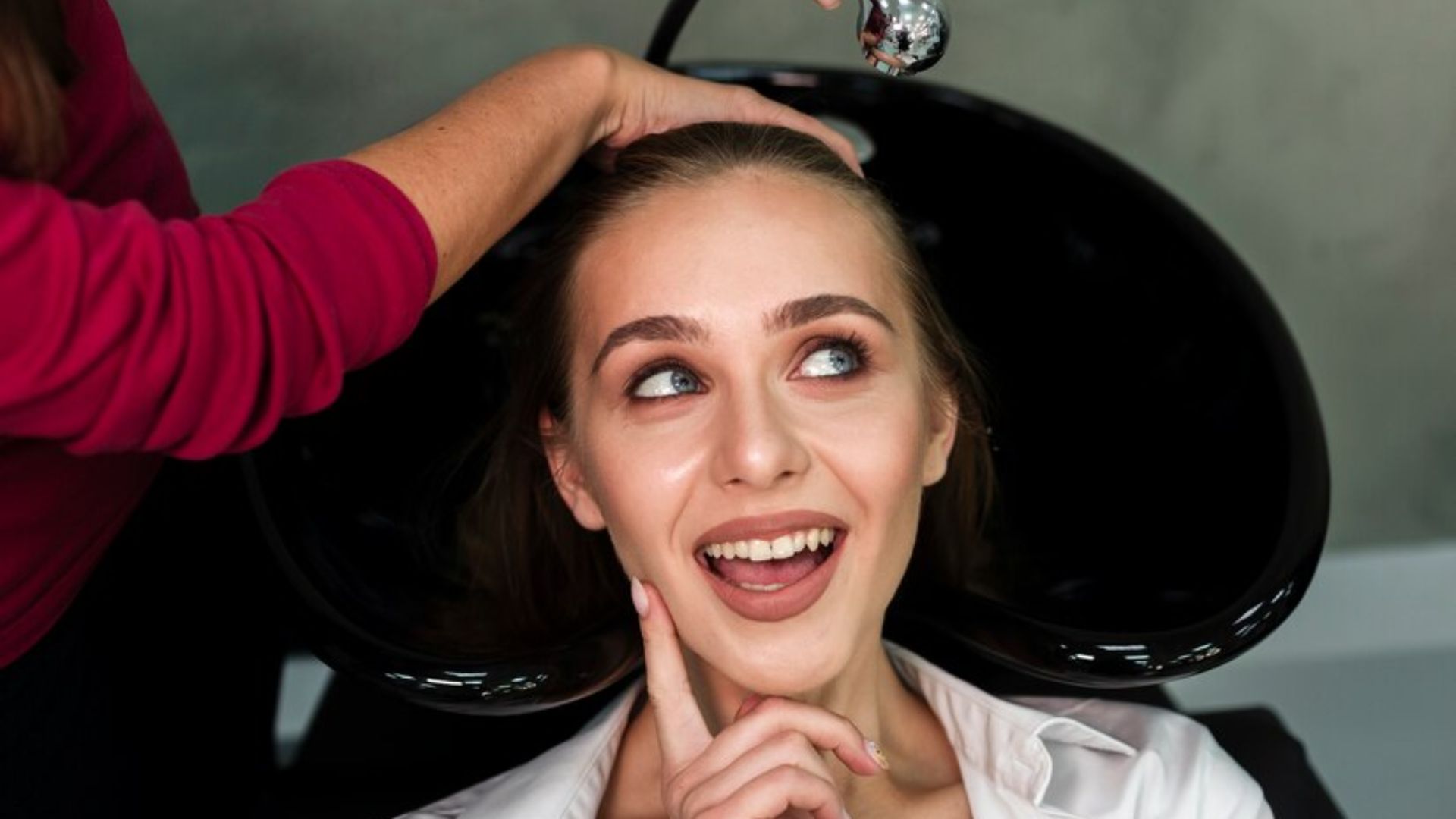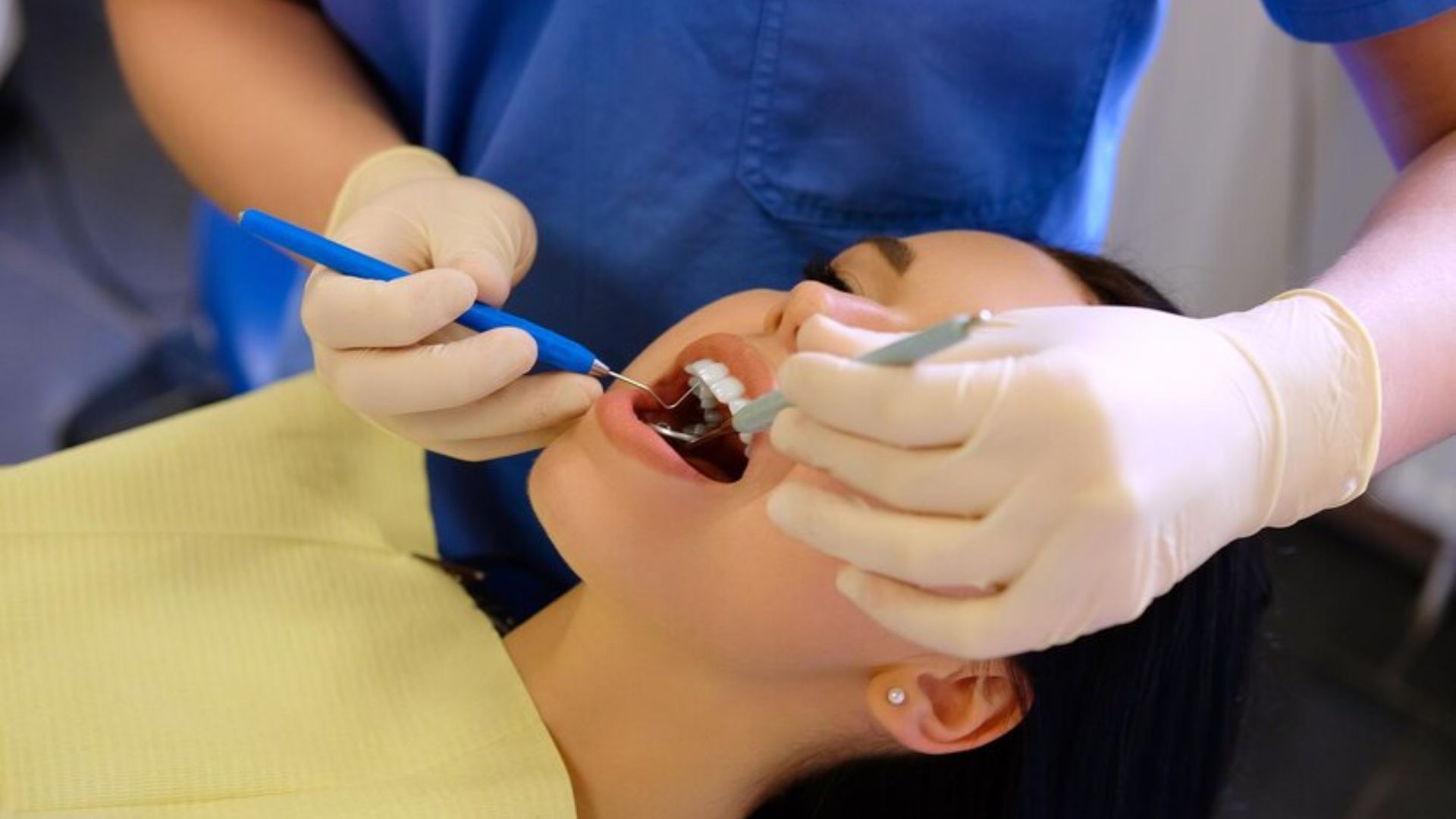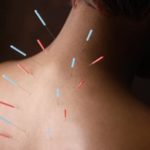Teeth Piercing Guide

Teeth piercing might sound extreme, but it actually doesn’t involve puncturing the tooth itself. Let’s break it down:
Definition: Tooth piercing is a cosmetic procedure where jewelry, like gems or grills, is attached to the surface of your teeth.
History: Teeth decoration has been around for centuries, dating back to ancient civilizations like the Mayans and Aztecs. They used materials like jade and gemstones for ornamentation. In modern times, tooth jewelry gained popularity in the hip-hop scene in the late 20th century and has continued to be a trend for self-expression.
Rise in Popularity: Several factors have contributed to the rise of teeth piercing:
Celebrity Influence: Celebrities like singers and athletes sporting grills and tooth gems fueled the trend.
Fashion: Tooth jewelry can be a way to express personal style and add a unique touch to your smile.
Social Media: Platforms like Instagram showcase different tooth jewelry options, inspiring others to try the look.
Also Read: Yoga Asanas Promote Faster Hair Growth
Is Teeth Piercing Safe?
While it may not involve puncturing the tooth itself, teeth piercing isn’t without risks. Here’s a breakdown of safety concerns:
Damage to Teeth: The biggest concern is potential damage to your enamel. The application or removal of the jewelry, especially if done improperly, can cause chipping, cracking, or increased tooth sensitivity. Food and plaque buildup around the jewelry can also lead to cavities and gum disease.
Risk of Infection: The mouth is teeming with bacteria. Unsterile tools or poor aftercare can lead to infections in the mouth or gums.
Swallowing or Choking: There’s a chance the jewelry could loosen or break and be accidentally swallowed or inhaled, especially if it’s not properly secured.
Several factors influence the safety of teeth piercing:
Professional Experience: It’s crucial to get the procedure done by a qualified dental professional who uses sterile equipment and understands the proper techniques for attaching the jewelry without damaging your teeth.
Tools and Materials: The type of adhesive used to attach the jewelry and the quality of the jewelry itself can impact safety. A dentist will use medical-grade materials that minimize the risk of allergic reactions or irritation.
Aftercare: Proper cleaning around the jewelry and maintaining good oral hygiene are essential to prevent complications.
Teeth Piercing vs. Other Body Piercings
Compared to other body piercings, teeth piercing carries some unique risks:
Your teeth are crucial for eating and speaking. Damage to your teeth can have a more significant impact on your daily life compared to a pierced eyebrow.
The mouth is a breeding ground for bacteria. This increases the risk of infection compared to piercings on other parts of the body.
Teeth don’t regenerate. Unlike some other pierced body parts, damage to your teeth from tooth piercing may be permanent.
Overall, while other piercings carry their own set of risks, teeth piercing poses a higher risk of damage to your teeth and gums due to the location and the environment in your mouth.
Also Read: Best Tips to Lose Weight in Winters
How is Teeth Piercing Done?
If you’ve decided to move forward with teeth piercing, here’s what to expect during the procedure:
Prep Work: The dentist or hygienist will thoroughly clean and dry your teeth to ensure a good bond for the jewelry.
Etching (Optional): In some cases, a mild acid solution might be used to slightly roughen the tooth surface to improve adhesion. This is done very gently and shouldn’t cause any pain.
Bonding Agent: A special resin is applied to the tooth where the jewelry will be placed. This acts as a base for the jewel to adhere to.
Jewelry Placement: The dentist will carefully position the chosen jewelry onto the bonding agent.
Light Curing: A curing light is used to harden the bonding agent, securing the jewelry to your tooth. This process is quick and painless.
Final Touches: The dentist will check the placement and polish the area around the jewelry for a smooth finish.
Tools of the Trade
The dentist will use a variety of specialized tools for the procedure, including:
- Dental cleaning tools: Scalers, polishers, and fluoride to thoroughly clean your teeth.
- Etching solution (optional): A mild acid solution to slightly roughen the tooth surface for better adhesion (not always used).
- Bonding agent: A special resin that creates a strong bond between the tooth and the jewelry.
- Dental applicator: A tool for precise application of the bonding agent.
- Curing light: A special light that hardens the bonding agent to secure the jewelry.
- Polishing tools: To smooth the area around the jewelry for a natural look.
Cleanliness is Key
Sterilization and hygiene are paramount throughout the teeth piercing procedure to minimize the risk of infection. Here’s what to expect:
- The dentist’s office will follow strict sterilization protocols for all instruments and equipment.
- The dentist will wear gloves and other protective gear to prevent contamination.
- Your mouth will be thoroughly cleaned before the procedure begins.
By prioritizing hygiene, the dentist creates a safe environment for the procedure.
Types of Teeth Piercing
Teeth piercing isn’t a one-size-fits-all procedure. There are different styles to suit your taste:
Tooth Gems: These are small, decorative crystals or jewels bonded to the surface of the tooth. They come in various colors, shapes, and sizes, allowing for a lot of customization.
Dental Grills: These are removable caps made of gold, silver, or other precious metals that fit over several teeth. Grills can be plain, iced out with diamonds, or custom-designed with logos or initials.
Important Note: Unlike tooth gems, dental grills don’t involve puncturing or drilling the tooth. They fit over the existing teeth.
Where’s the Bling Going?
The most popular locations for teeth piercings are:
Canines: These pointed teeth are a common choice for tooth gems due to their good surface area and prominence in the smile.
Central Incisors: The two front teeth are another popular spot for gems, especially for those wanting a subtle touch.
Lateral Incisors: The teeth next to the central incisors can also be adorned with gems for a more spread-out sparkle.
Bling with a Cultural Flair
The style and purpose of teeth decoration can vary across cultures:
Western Cultures: In Western countries, teeth piercing is often seen as a fashion statement or for self-expression. Grills are particularly associated with hip-hop culture.
Mayan and Aztec Cultures: Historically, these civilizations used tooth decoration with jade and turquoise for social status and religious purposes.
Some African Cultures: Tooth decoration with beads or scarification can be a sign of cultural identity or rites of passage.
Overall, teeth bling offers a range of styles and placements to suit your taste, and its cultural significance varies depending on the region.
Also Read: Healthy Diet for Kids Boosts Self-Esteem
Cost of Teeth Piercing
The cost of teeth piercing can vary depending on several factors. Here’s a general overview:
Price Range: Expect to pay anywhere from $$50 to over $1000 for teeth piercing.
Factors Affecting Cost: Location, dentist’s expertise, type of piercing (gem vs. grill), and the material and quality of the jewelry all play a role in the final price.
Location: The cost of living in your area can influence the price. Generally, dentists in big cities tend to charge more than those in rural areas.
Dentist’s Expertise: A qualified dentist with experience in teeth piercing will likely charge more than a general dentist who doesn’t specialize in this area.
Type of Piercing: Tooth gems are generally less expensive than dental grills. Simple gems with basic materials will cost less than those with elaborate designs or precious stones. Custom grills can be quite pricey.
Material and Quality: The type of material used for the jewelry (gold, silver, cubic zirconia, etc.) and its quality will affect the price. Higher quality materials tend to cost more.
Additional Costs: Keep in mind that there might be additional costs, such as:
- Aftercare products (special cleaning solution, oral irrigator)
- Follow-up visits to the dentist to check on the piercing
Remember: It’s always best to prioritize your oral health. Choose a qualified dentist who uses sterile equipment and high-quality materials, even if it costs a bit more upfront.
In Crux
Teeth piercing has become a popular way to add sparkle and personality to your smile. While it offers a range of styles and self-expression, it’s important to remember it’s not without risks.
With social media continuing to fuel trends, teeth piercing is likely to stay on the radar, possibly evolving with new materials and gem placements. However, the emphasis on oral health might steer the trend towards temporary options that minimize the risk of damage to teeth.
Ultimately, the decision to get a tooth piercing is a personal one. By weighing the pros and cons and consulting a professional, you can make an informed choice to achieve that dazzling smile, safely.
How much did you like Our detailed Teeth Piercing: Safety, Types, Costs, and Aftercare Tips? Please share your view in the comment box. Also, please share these Blogs with your friends on social media.
Recommended











